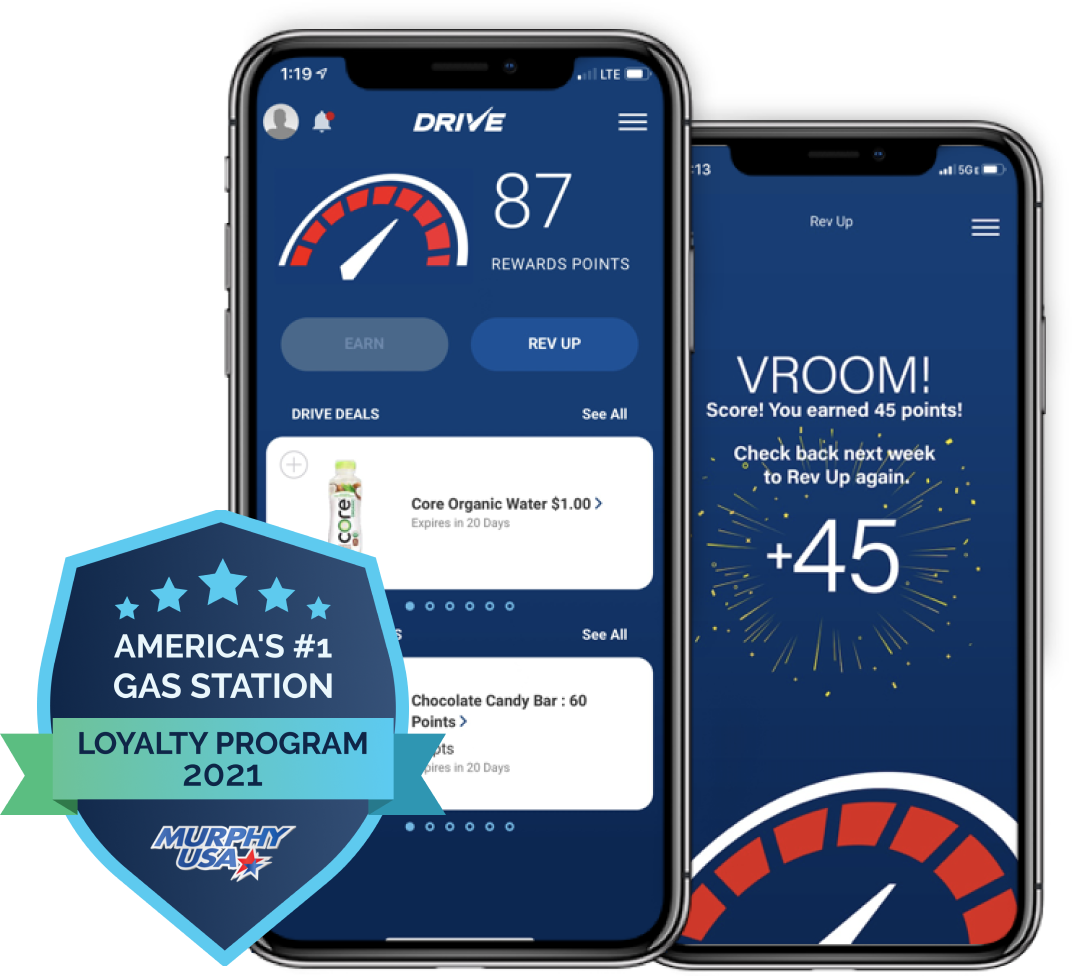Stuzo was invited to speak at the MAG Annual Conference’s inaugural TechForum on September 17, 2019.
Stuzo’s COO, Aaron McLean, joined Drago Dzerve, VP – Industry Sales Leader at Bank of America Merchant Services (moderator), Irfan Nasir, Head of Solutions Development and Deployment at Ingenico, and Jean Kany, VP – Head of Global Enterprise Retail at CITCON, for a conversation around how mobile and the evolving payments experience will change the scope of the POS in the immediate and near term.
See below for a summary of Stuzo’s perspective:
Moderator: How will mobile apps change the scope of the POS over the next few years?
Stuzo: Couple examples: One is the introduction of new types of payment models, such as subscriptions and memberships. Another is expanding support for mobile order ahead for delivery or pickup, mobile self checkout, and frictionless commerce experiences, such as the ‘just walk out’ shopping experience.
Moderator: I have worked with a couple of apparel retailers over the years and they had two technical challenges I was never able to solve for: Shopping Bags and Hangers. Aaron – as you look to this environment have you seen creative solutions to these every day / everywhere problems? If those are still vexing us, are there unexpected friction points which have been addressed?
Stuzo: Getting a consumer to download your mobile app, set up their account, add a payment method, start transacting, and then start building a new habit loop where they go to mobile first, has enough points of friction that need to be addressed first.
Here’s what we mean. To get a consumer to download your app — we need to offer differentiated value and utility that the consumer cannot get in the normal store experience or through other channels. That creates exclusivity and drives downloads.
To get a consumer to complete their profile, add a payment method, and start transacting, we need to reduce work for the consumer by making payment method onboarding as seamless and intuitive as possible.
Here’s one example of an exciting solution we offer for the conversion funnel. We’re working with our partner PayPal to utilize their one-touch acquisition capability. They call it OTA. With OTA implemented in the mobile apps we build, we’ve seen conversion increase considerably at each stage in the funnel.
Finally, to get consumers to develop new habits on mobile, a couple suggestions.
First, the end to end experience in mobile needs to work exceptionally well, every time. Things like poor app performance (such as slow loading times), lagging transaction times or failed transactions, or unexpected errors, will cause consumers to abandon mobile for other payment experiences.
Second, we’ve found success in taking a crawl, walk, run approach. This means a couple things.
Start with a straightforward mobile experience where the consumer knows exactly what you want them to do. Don’t try to over-complicate your mobile program and do too many things at once. Too many choices or too much complexity will confuse your consumer. When they’re confused, they leave.
Next, whether you’re launching your first app or upgrading with a significant new capability, start with a small rollout. Test in a few stores to see what’s working and what’s not. There is a tremendous amount of nuance and detail in getting a mobile commerce program working perfectly. Sort out your bugs and then roll out to a larger set of stores, such as a couple dozen. You’re going to experience different challenges at different points in scale. Get those challenges sorted out before you launch publicly in the app stores to all of your consumers.
Moderator: Clearly creating personalized, frictionless, and an exceptional customer shopping experience is the goal – Aaron, can you share an example where you have done this?
Stuzo: We’ll use an example from one of our large national restaurant customers. We’re currently working to digitize the entirety of our customer’s store experience. That is, everything a consumer can do in that store, will eventually become available digitally, via mobile, wearables and other digital interfaces, including a really exceptional new kiosk experience that closely resembles the mobile experience.
In this case, we’re focusing initially on launching the capability to order and pay anywhere.
That means, mobile order ahead for pickup, mobile order ahead for dine-in, order via mobile while in store for dine-in, or pay for a tab at a table via mobile.
To tie this back to the POS, It’s really important for us to have a close, symbiotic working relationship with our POS partners so we can innovate around these opportunities together on behalf of our retailer partners.
Moderator: If you were to pick just one item that made the previous example successful, what would it be? What other lessons learned do you have?
Stuzo: More a best practice than lesson learned. Spend the right amount of time up front with ethnographic research and a combination of design thinking and the lean framework.
Here’s what that means. In the example of the restaurant customer I mentioned a moment ago,
before any product design or engineering work started and before we started implementing any of their new digital infrastructure, we had to gain a true and complete picture of the consumer and the business.
So, we sent over a dozen team members out in the field at a wide variety of store locations, all across the country, representative of different geographies, different store types and offerings in the store, and the full spectrum of consumer demographics.
We spent hundreds of hours observing how consumers interacted with the store and saw points of friction first hand. I remember being out at a store in the Philadelphia area with our team one day. I saw a consumer get frustrated at a kiosk because they couldn’t figure out how to complete their transaction.
I had an opportunity to speak with that consumer. In fact, we spoke with dozens of consumers – one store after another – to understand where they were getting tripped up and from their perspective, what we could do to make their digital experience better.
These insights informed our product design approach and when we went back out into the market to test a rapid prototype with consumers, the response was outstanding. There’s no way we would have gotten so many things right the first time if we would not have invested in getting to know the business, the store experience, and the consumer, so well.
Moderator: Thoughts on QR codes? Have you used them yet for payments? Is there value being added to the bottom line?
Stuzo: We have. We have a mobile pay at pump and pay in store app in market for one of our convenience and fuel retail customers. QR codes power the pay in store capabilities.
With this customer specifically, as a fuel retail brand, they are on a franchise dealer and distributor model, which means they don’t actually own or operate any of their stores. They license their fuel brand to local entrepreneurs that operate the sites. And the stores in the back could be anything from a well known convenience brand to a QSR brand or a bait and tackle shop at any one of their thousands of locations across the US.
This introduces challenges for converting fuel consumers into store consumers, as the stores in the back are all different. We’ve rolled out a solution we call the Digital Storefront Manager, or DSM, which is a solution that enables the operators of the stores to push information about their store, including relevant offers and other promotions directly into the fuel retail mobile app experience during a pay at pump transaction to drive in-store mobile transactions.
In terms of providing value to the bottom line, the trend lines are promising. We’re finding that mobile consumers are on average visiting more often, spending more per visit, and utilizing loyalty programs more often, as compared with non-mobile consumers. In the fuel space, mobile users also tend to buy higher grades of gas, at higher margin for the operators.
Moderator: We have talked a bit about near term changes in the market and demands – so what’s next?
Stuzo: Two big changes — but, they’re happening right now.
First, is data. Mobile is a great source of rich data. Certainly not the only source. We’re seeing retailers get a lot more sophisticated in how they gather, examine, and use data from across the enterprise. We moderated a panel at another conference a few weeks ago and had speakers from QuikTrip, Kwik Trip, and Alon Brands. We heard from these retailers that they already have data science teams at their organization which are tasked with taking in data from across the enterprise and turning it into actionable insights that increase efficiency and profitability across the enterprise, from supply chain and logistics to operations and consumer engagement.
This leads us to the second point. That is, as retailers work to enable channels like mobile, kiosk, web, and more, they’re getting access to a lot more data, however they’re also realizing that they have to get their digital infrastructure in order at the same time.
It’s interesting. The same thing happened in the banking industry – over 10 years ago. Consumer behavior changed. Consumers didn’t want to go into branches anymore. They wanted to do banking online. So, banks added a modern digital infrastructure layer on top of their existing legacy systems abstract core functions of the systems and turn them into webservices. This enabled banks to innovate and modernize in digital without disrupting their operations.
Today, we’re working with our customers to parallel path the implementation of modern digital infrastructure with the creation of new digital commerce experiences.
Moderator: We have talked a lot about implementing new technologies and solutions – Question – Can we be innovative w/o disruptive or will the innovation be worth a broad disruption in the current solution stack?
Stuzo: All innovation is inherently disruptive. As we say at Stuzo, change is the only constant and progress is the only option. The challenge is managing transformation while minimizing impact to existing solutions and operations. With our customers, we take a methodical, staged approach.
You can’t boil the ocean in one shot — digital transformation and also the implementation of modern digital infrastructure, takes years. If you’re just getting started, look first to some lower hanging fruit. Prove that you can transform in digital, create more enterprise value, and improve the consumer experience without having to make sacrifices that are not acceptable to the business. Get those small wins and show leadership that transformation is possible.





